Frequently Asked Questions
1. What is the main debate discussed in the blog regarding pocket knives?
2. What are the benefits of mass-produced pocket knives?
3. How do handcrafted pocket knives differ from mass-produced ones?
4. What are some ethical implications of choosing craftsmanship over mass production?
5. How can consumers make responsible choices when buying pocket knives?
When it comes to pocket knives, the debate between craftsmanship and mass production has been on many enthusiasts' minds. This debate goes beyond mere aesthetics; it delves into ethical, environmental, and community aspects that resonate deeply with knife makers and users alike. In this blog post, we'll explore both sides of the argument, inviting you to reflect on what makes a pocket knife truly great beyond its blade and handle.
The Rise of Mass Production
Mass production revolutionized the manufacturing landscape in the 20th century. While boosting efficiency and lowering costs, it also led to the mechanization of many artisanal crafts, including knife making. Imagine walking into a store filled with shiny, identical pocket knives, all produced with the same design and materials. The ease of access is undeniable; however, there’s a nagging question: at what cost?
Efficiency and Accessibility
One of the primary benefits of mass production is efficiency. With automated systems, companies can churn out thousands of knives in a short period, ensuring that consumers have a plethora of choices. This accessibility brings pocket knives into the hands of more people, enabling everyone from outdoor enthusiasts to casual users to own one.
Cost Considerations
Mass-produced pocket knives are generally more affordable than their handcrafted counterparts. This price point makes it easier for individuals to purchase knives without breaking the bank, thus broadening the market. However, what about the long-term value of these knives? Sacrificing quality for quantity often leads to issues like a shorter lifespan.
The Allure of Craftsmanship
On the other hand, craftsmanship embodies creativity, dedication, and a commitment to quality that mass production often overlooks. Far from being just a tool, a handcrafted pocket knife tells a story. Let's take a closer look at the critical aspects of this compelling world.
Artistry and Individuality
When a skilled craftsman creates a pocket knife, each piece is unique. Variations in materials, design choices, and personal touches lend to an individuality that mass-produced items simply can't replicate. Each knife may have its own personality, sometimes even learning to perfectly fit the owner's hand over time.
Quality Over Quantity
Crafters often use higher-quality materials, leading to tools that are built to last. For instance, where mass production may rely on cheaper metals and plastics, a craftsman may opt for high-grade steel and exquisite wood. The result is a knife with better performance, longevity, and an undeniable feel of authenticity. Investing in a well-crafted pocket knife may cost more upfront, but it can save money in the long run due to its durability.
The Ethical Dimension
The ethical implications of choosing craftsmanship over mass production are profound. Here are some pressing considerations that matter to knife makers and consumers alike.
Environmental Impact
Mass production often leads to significant environmental degradation. High-volume manufacturing generates waste, consumes a vast amount of resources, and relies on practices that can harm ecosystems. In contrast, many artisanal knife makers engage in sustainable sourcing, using responsibly harvested materials and promoting eco-friendly practices.
Supporting Local Communities
When you choose a handcrafted pocket knife, you’re not just purchasing a product; you’re supporting local artisans and their communities. This creates a trickle-down effect that benefits families and neighborhoods. By investing in craftsmanship, you contribute to preserving skills that could otherwise be lost, fostering pride and economic stability.
Consumer Responsibility
As consumers, we hold the power to influence the market. Our choices dictate demand, and it’s critical for us to reflect on the implications of our purchases. Here's how to embrace responsible consumerism:
- Research the brands you buy from—understand their production processes.
- Invest in quality over quantity—sometimes it's better to own fewer items that last.
- Encourage brands that prioritize ethical practices and sustainability.
How to Choose Your Knife
When you're in the market for pocket knives, consider asking yourself some pointed questions that can help guide your decision-making process:
- What materials resonate with you? Do you prefer natural woods or synthetic materials?
- What will be the primary use of the knife? Everyday carry or specialized tasks?
- Do you value a unique design, or are you indifferent to aesthetics?
- Would you prefer to support a local craftsman or retailer?
The Future of Knife Making
As we advance into the future, the landscape of knife making continues to evolve. With the rise of technology, new materials, including composites and innovative steels, are emerging. Simultaneously, there’s a growing renaissance for handcrafted goods and a return to artisanal skills.
Embracing Innovation
Craftsmen are increasingly incorporating modern technology into their making processes. Techniques like laser etching allow for precise designs, while modern metallurgy can enhance the durability and performance of the blades. This blending of tradition and innovation is generating a new appreciation for the craft while ensuring that it remains relevant.
Cultivating Awareness
Educational initiatives and community workshops are promoting craftsmanship, fostering engagement among younger generations. The revival of interest in knife making is drawing new enthusiasts into the fray, ensuring that the tradition will endure.
What Will You Choose?
At the end of the day, whether you are drawn to the allure of mass-production pocket knives or the intricacies of handcrafted pieces, the choice is yours. Consider the ethical implications, the quality of the product, and the impact of your decisions. When it comes to pocket knives, remember that every blade has a story—what story will you write with yours?
Your choice today holds the power to shape both the market and the future. By prioritizing craftsmanship, you're not just purchasing a product. You are supporting a community and a way of life, one pocket knife at a time.






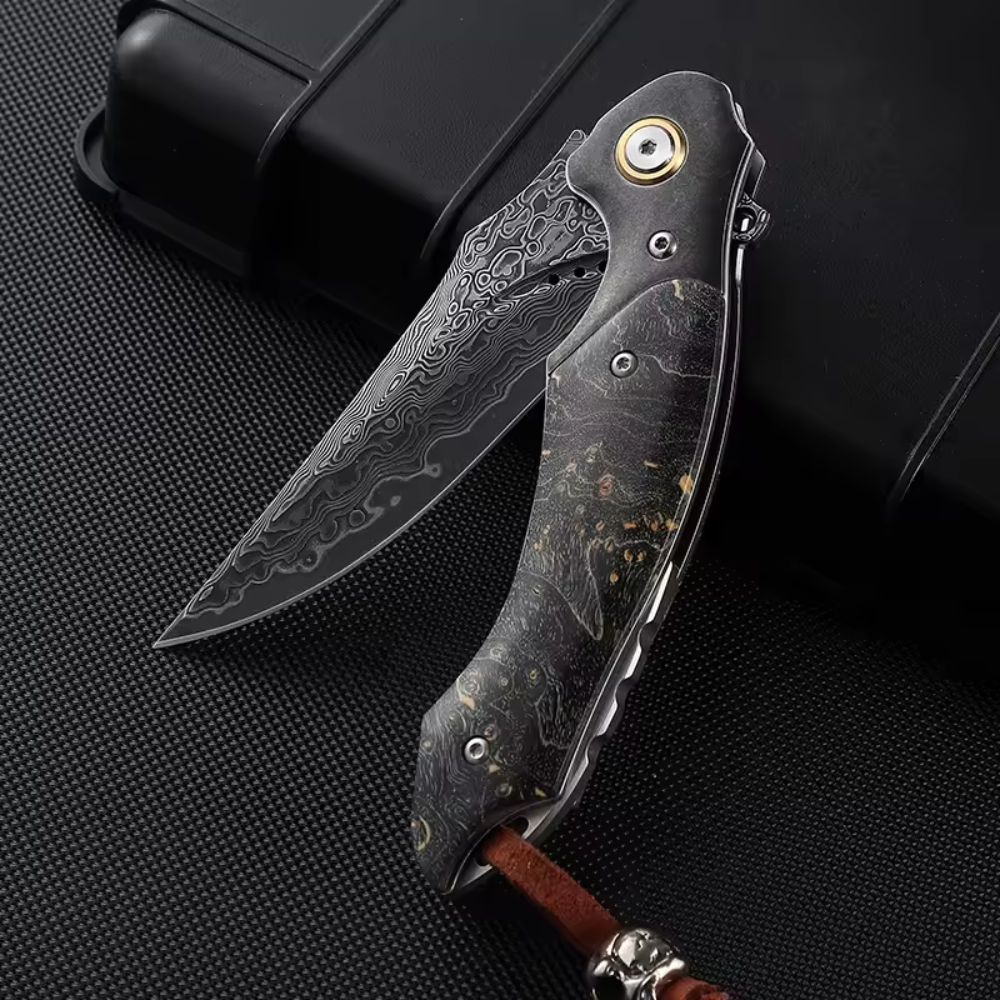
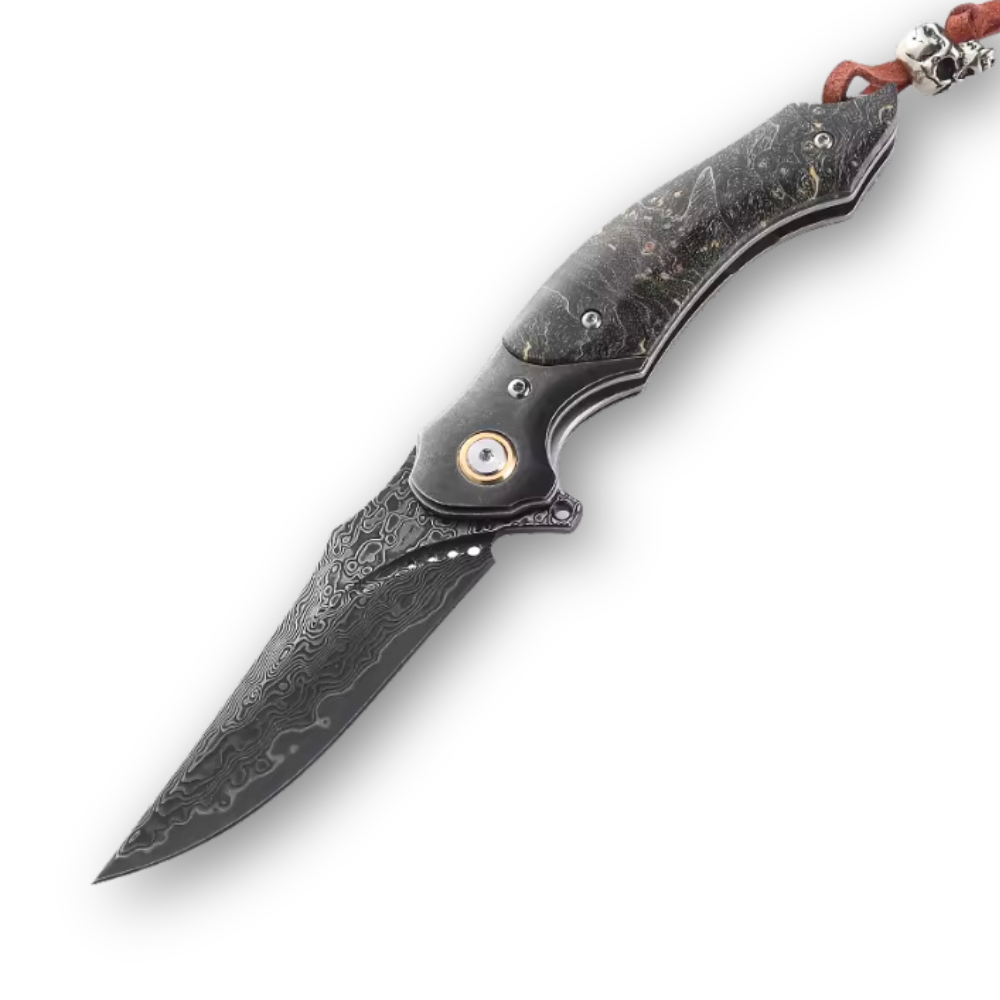
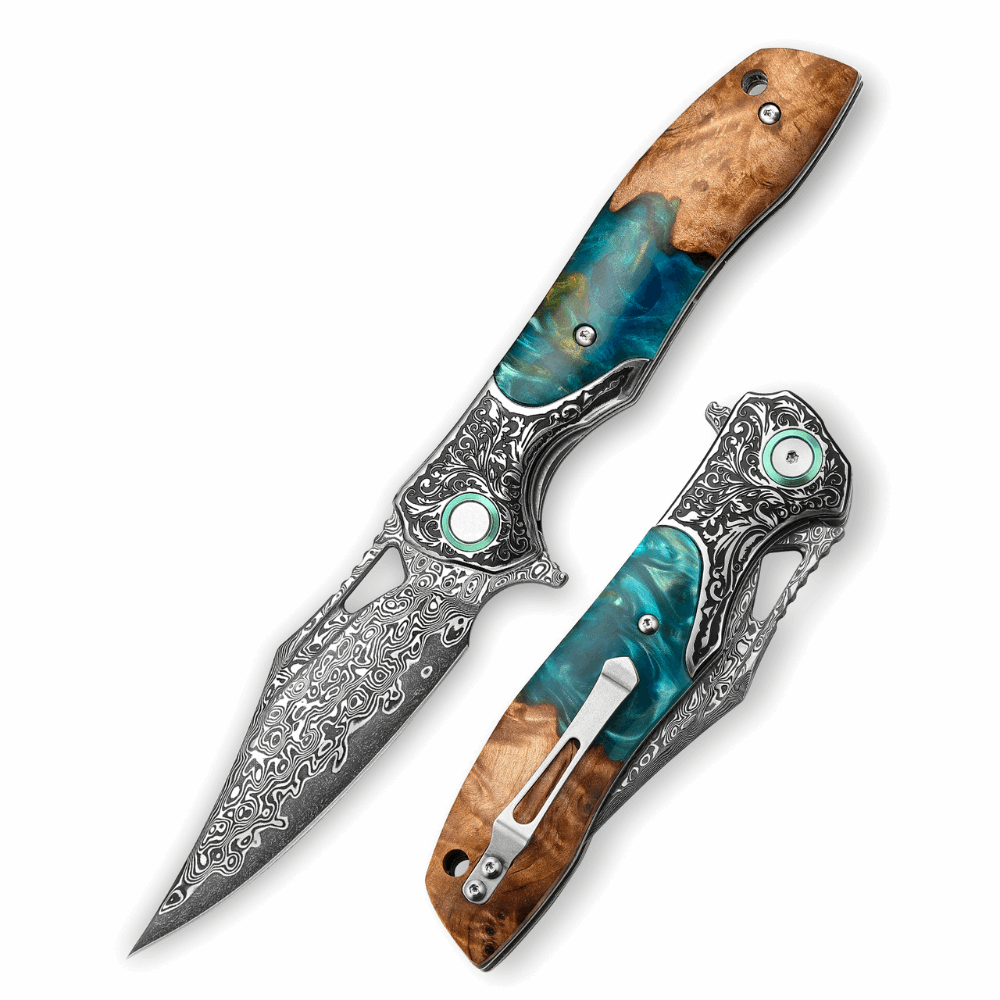
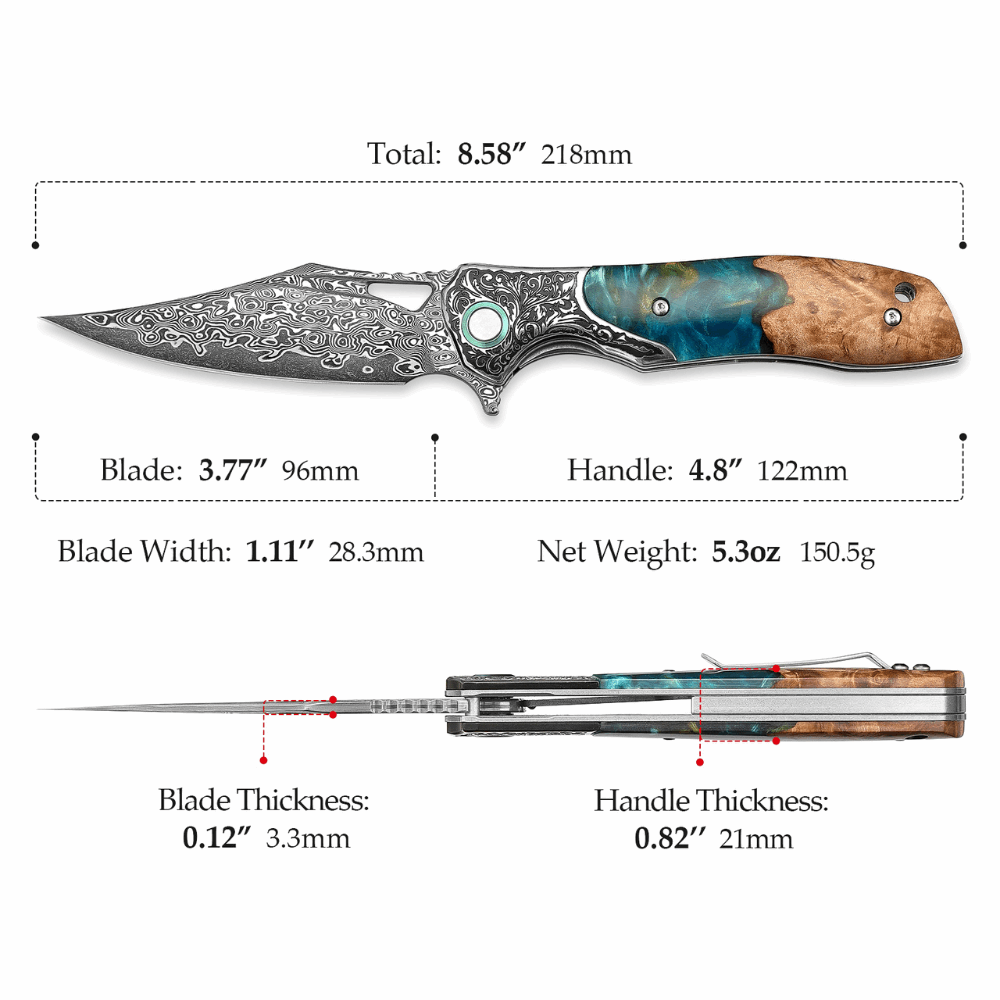
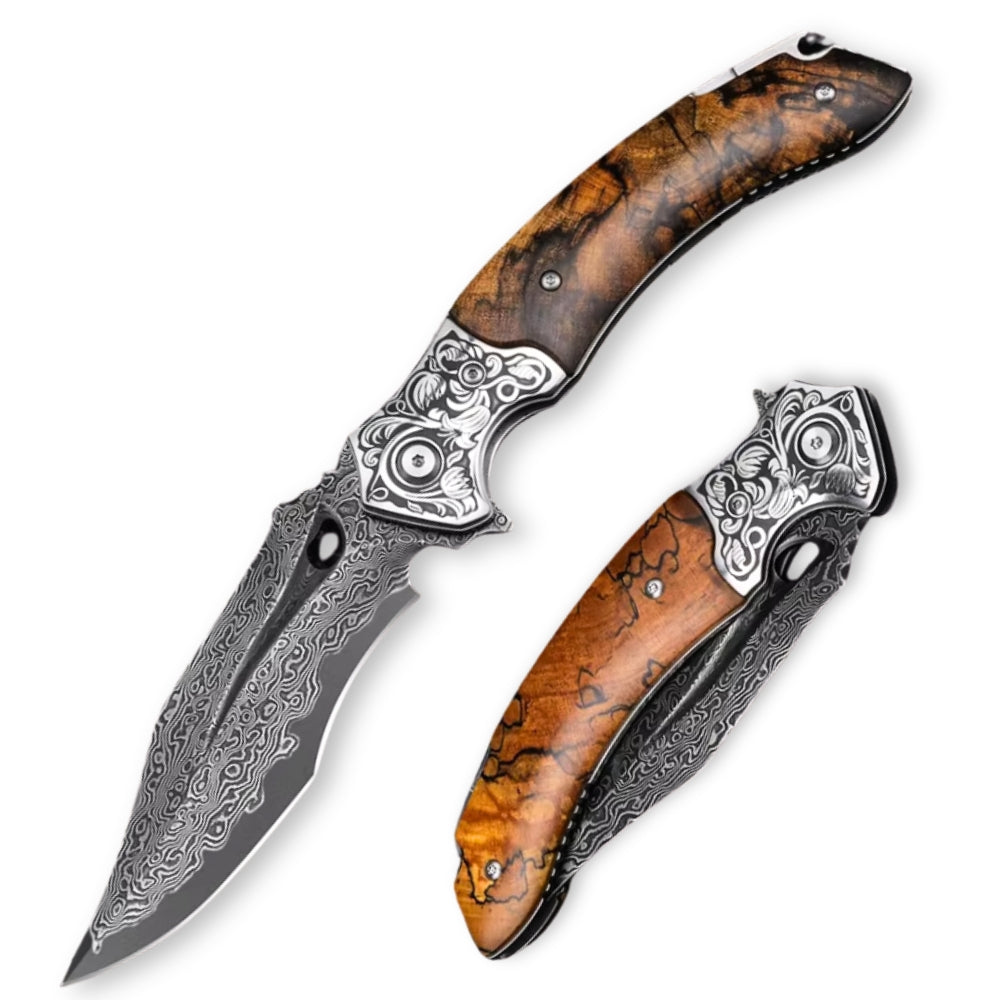
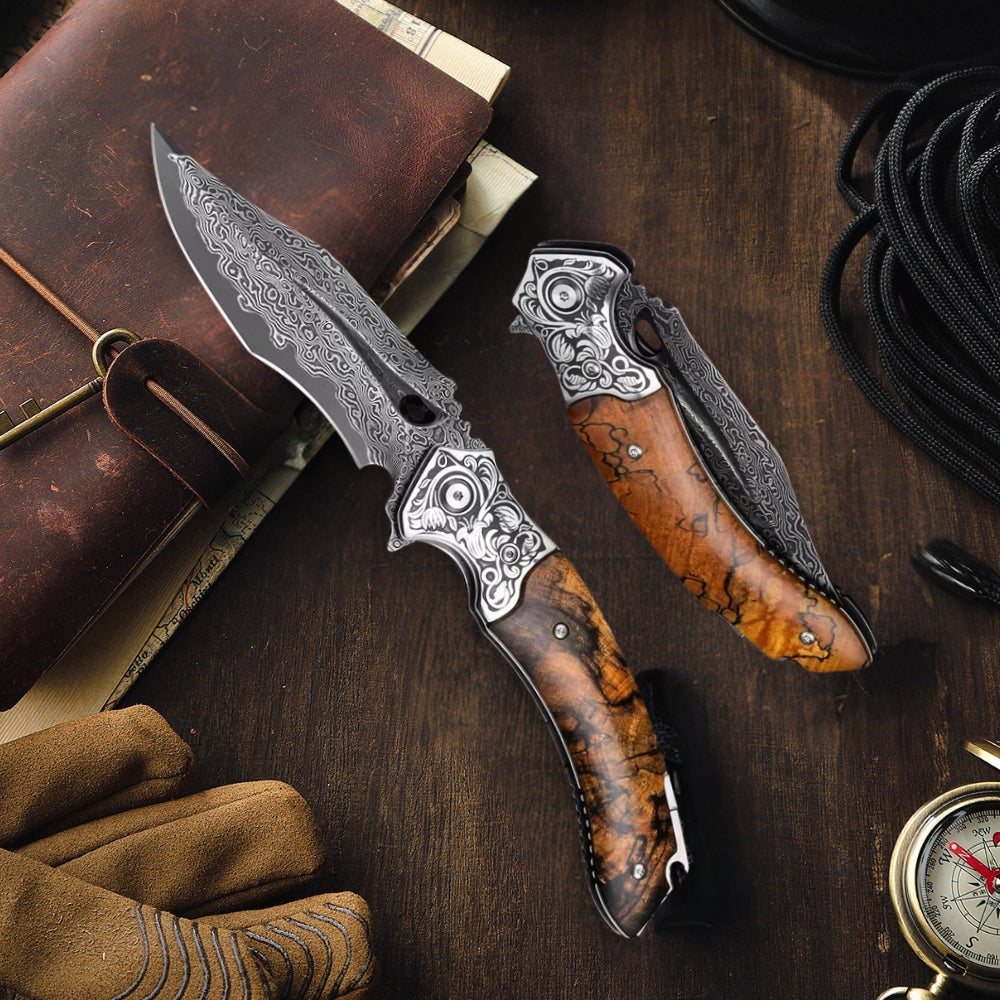
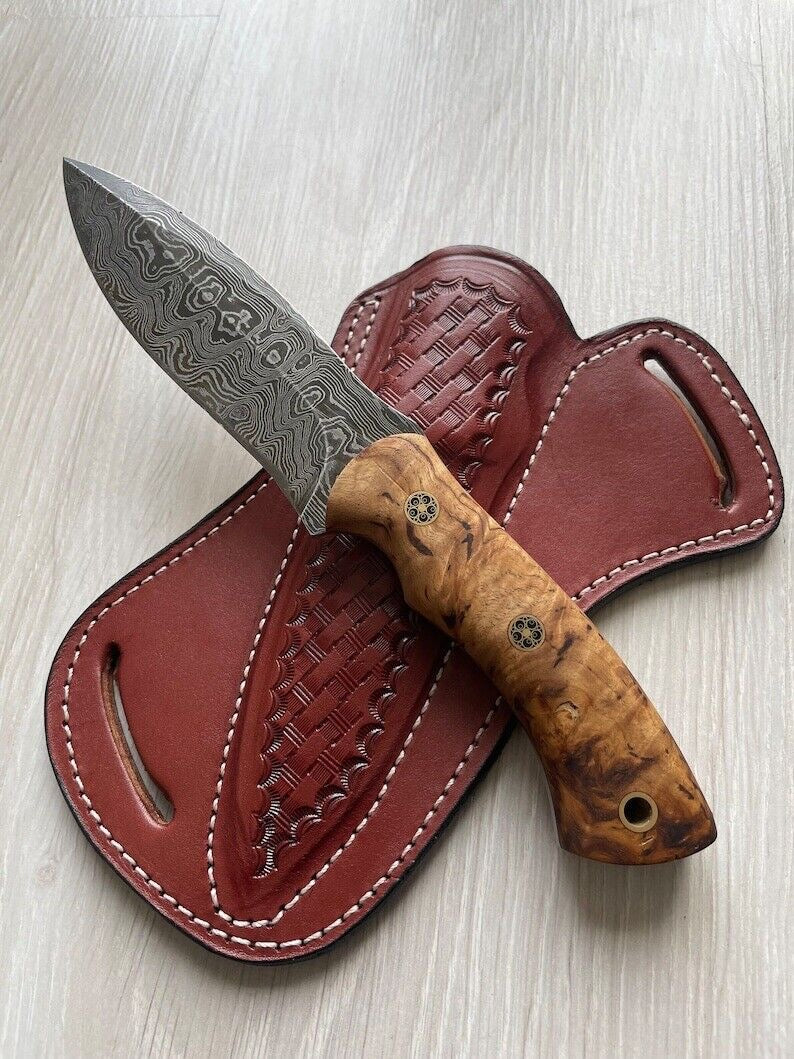
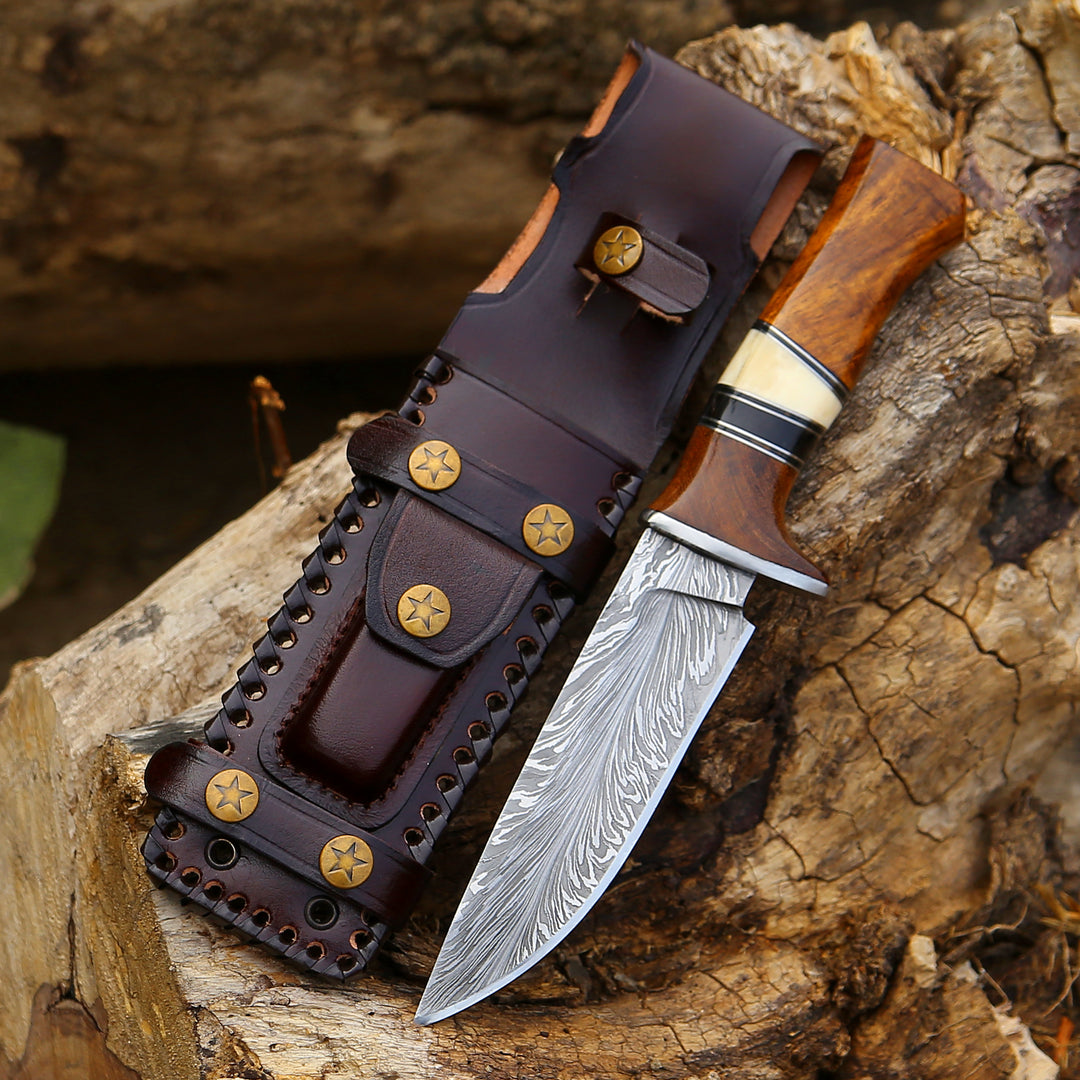

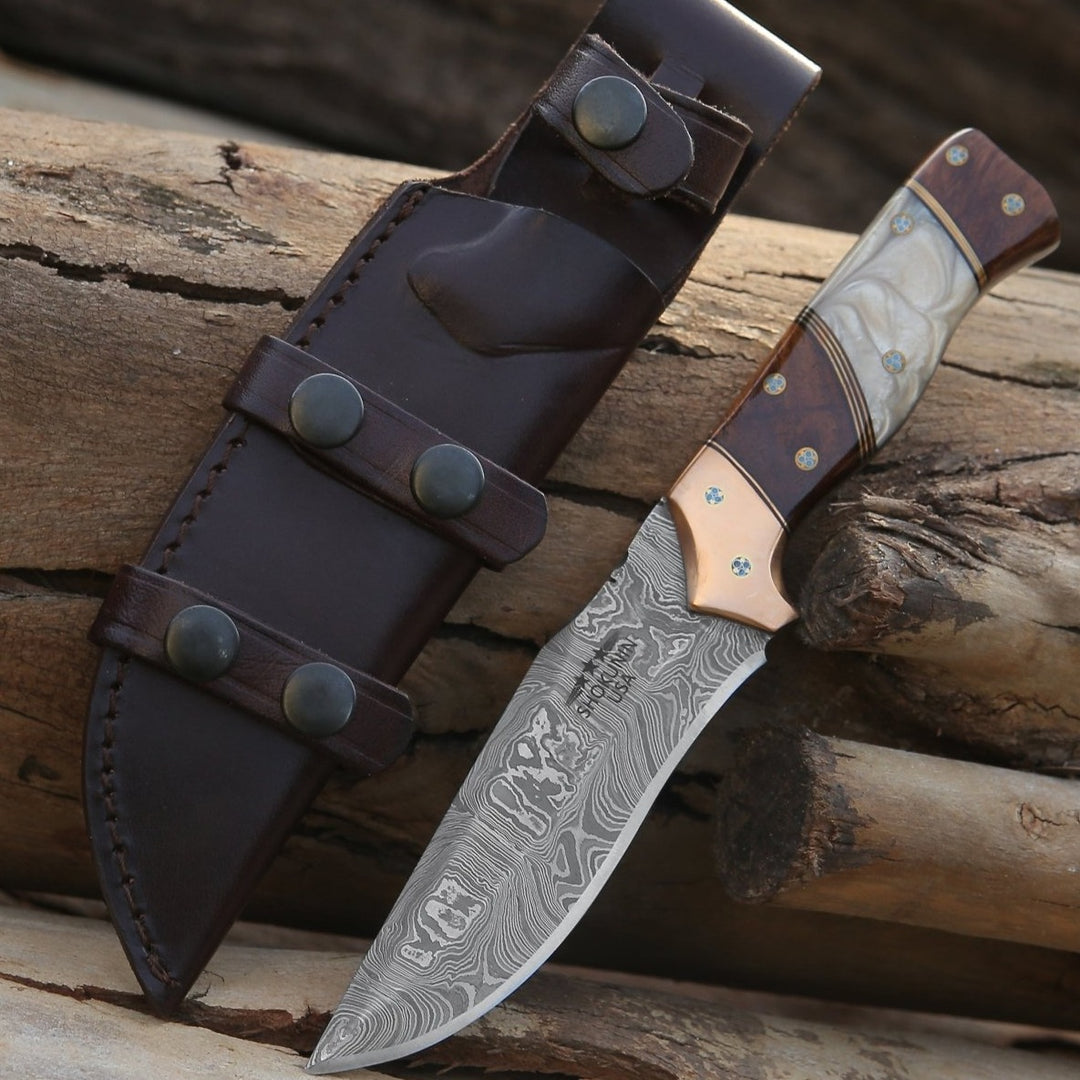
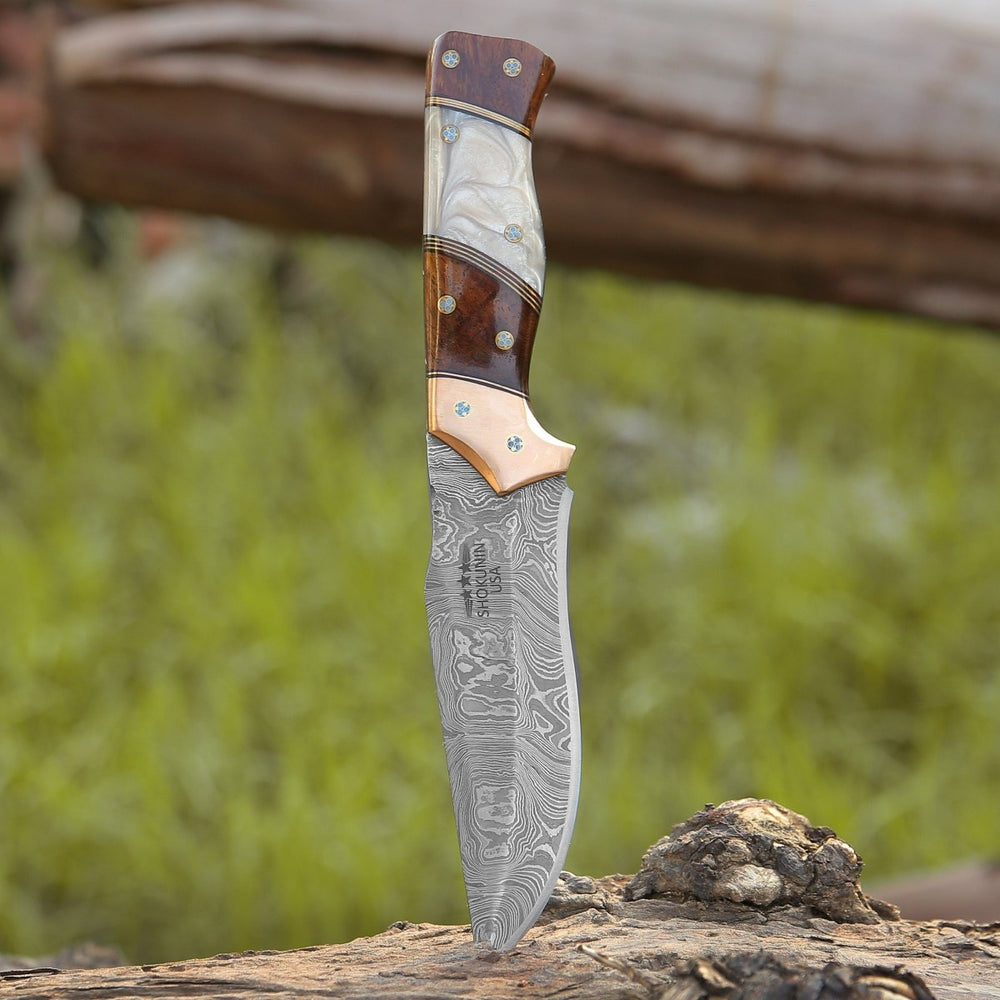

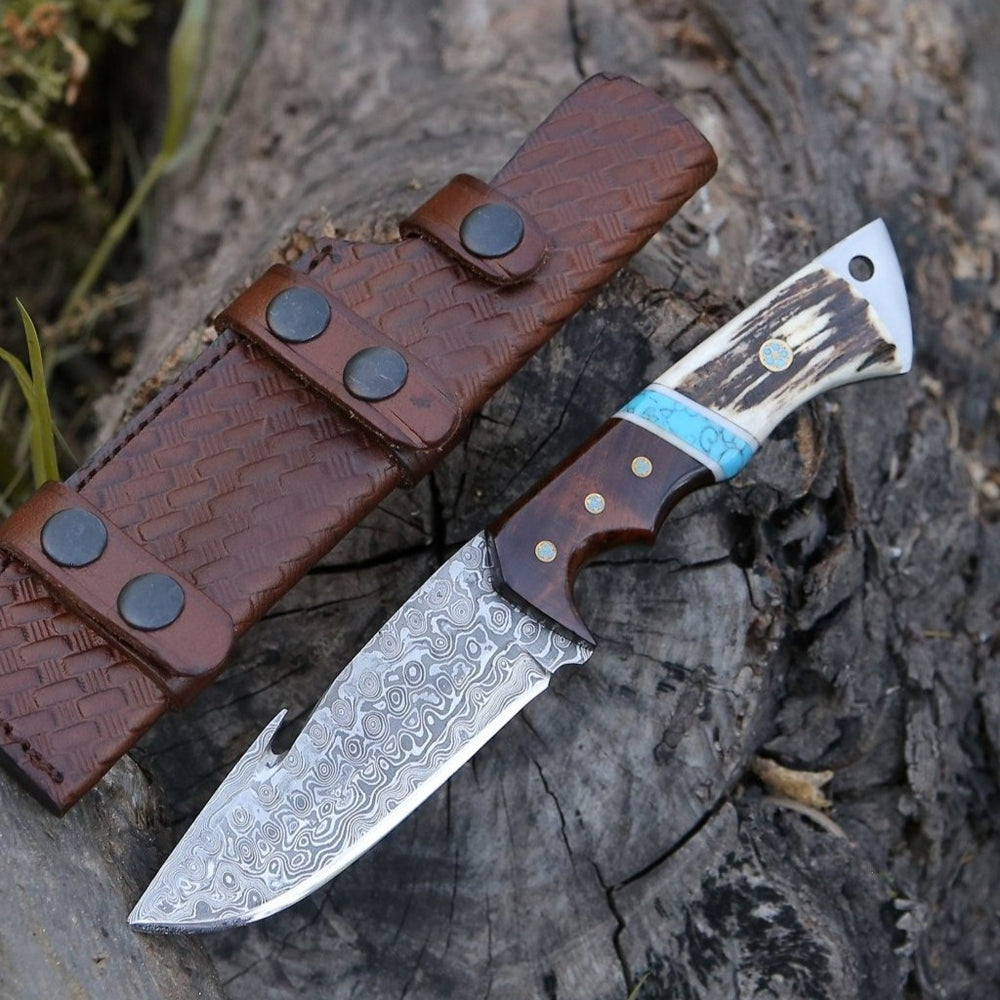
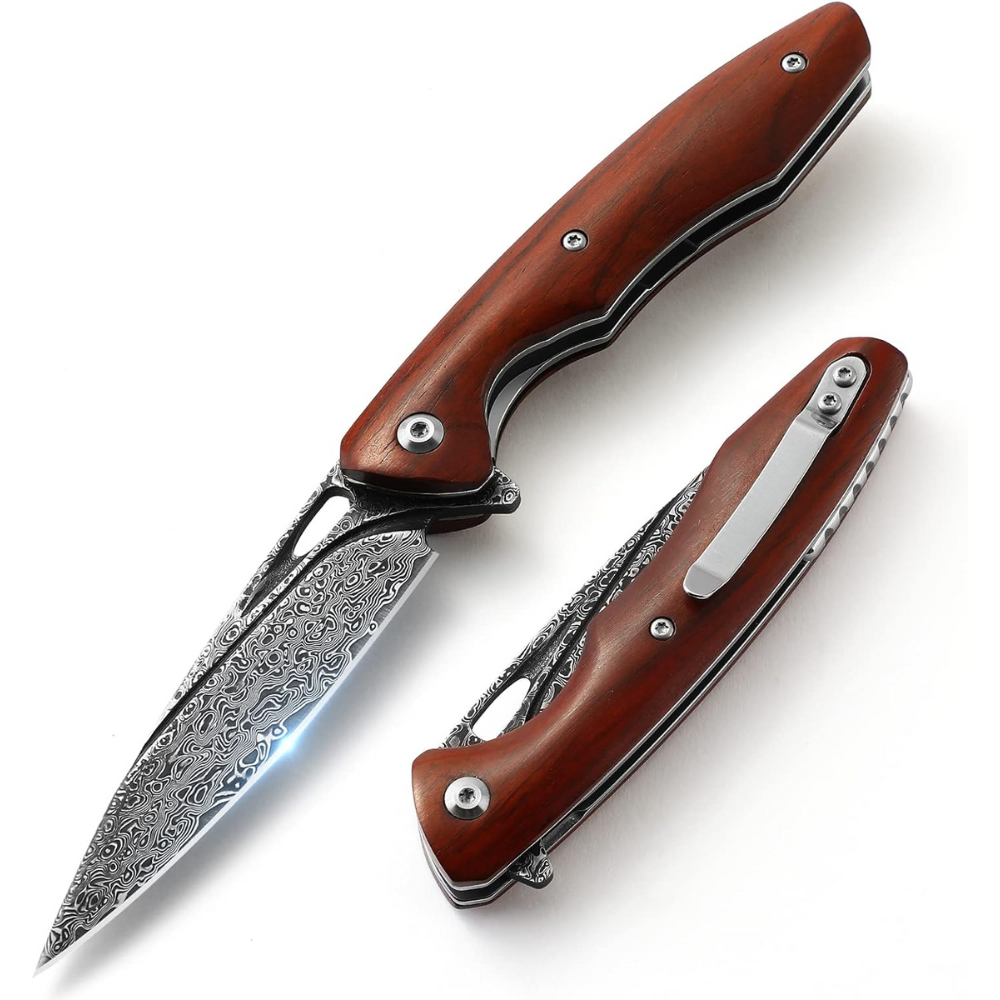
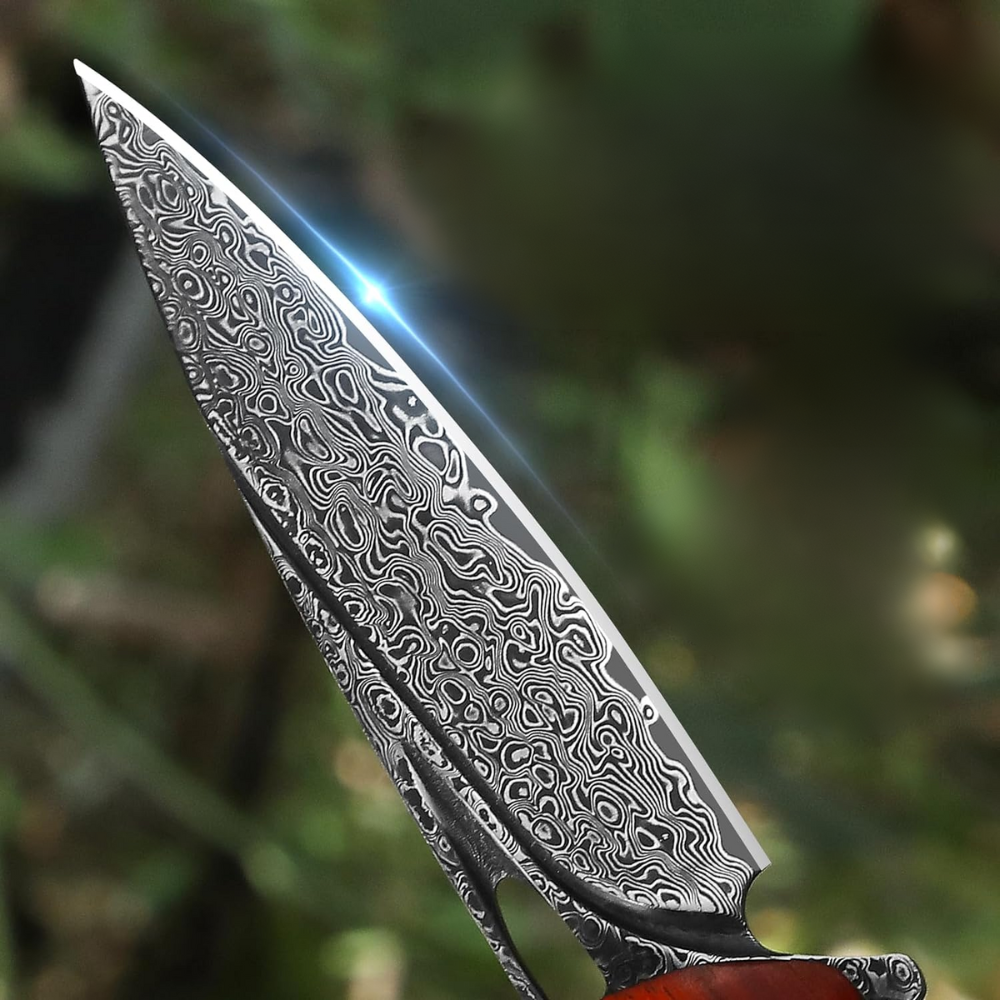
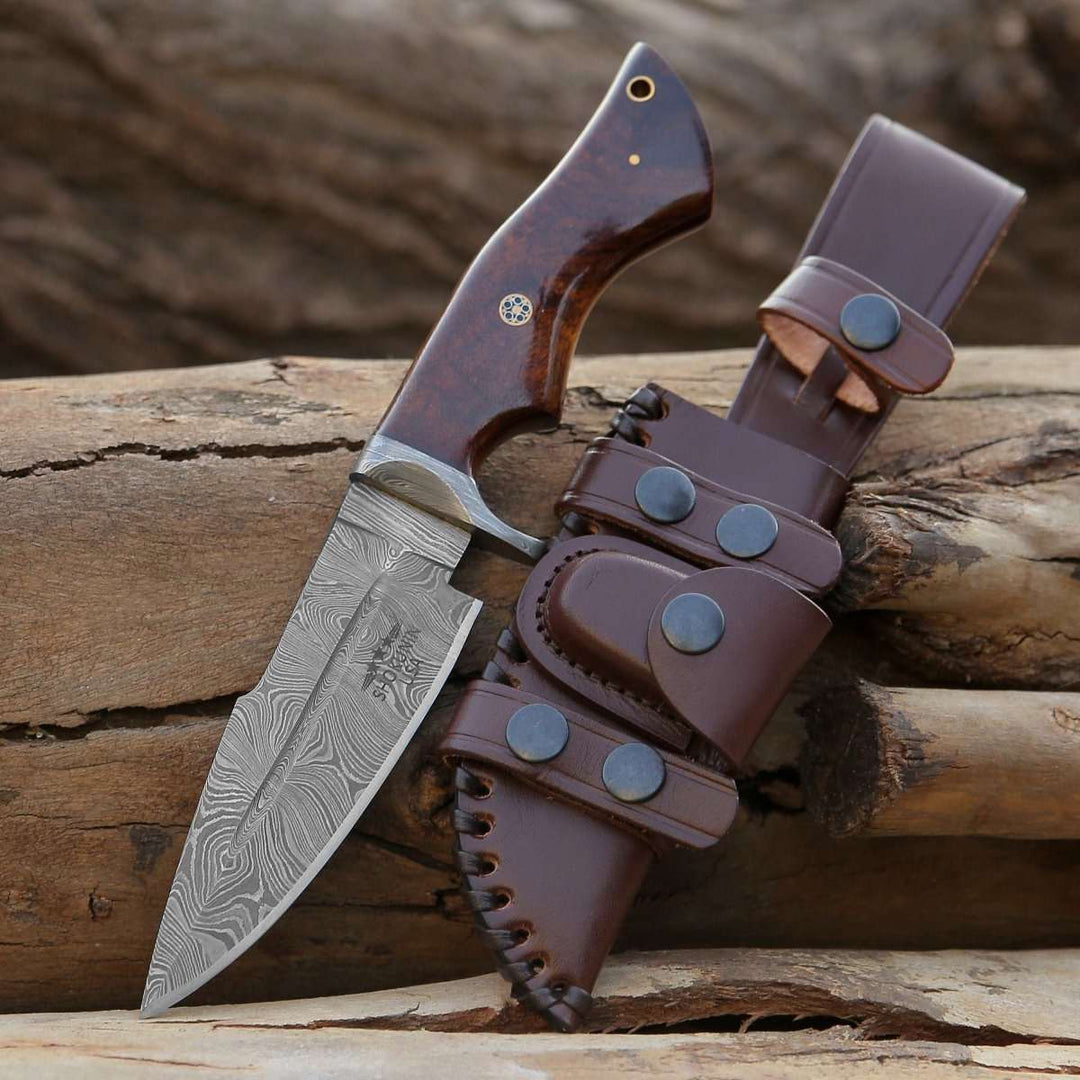
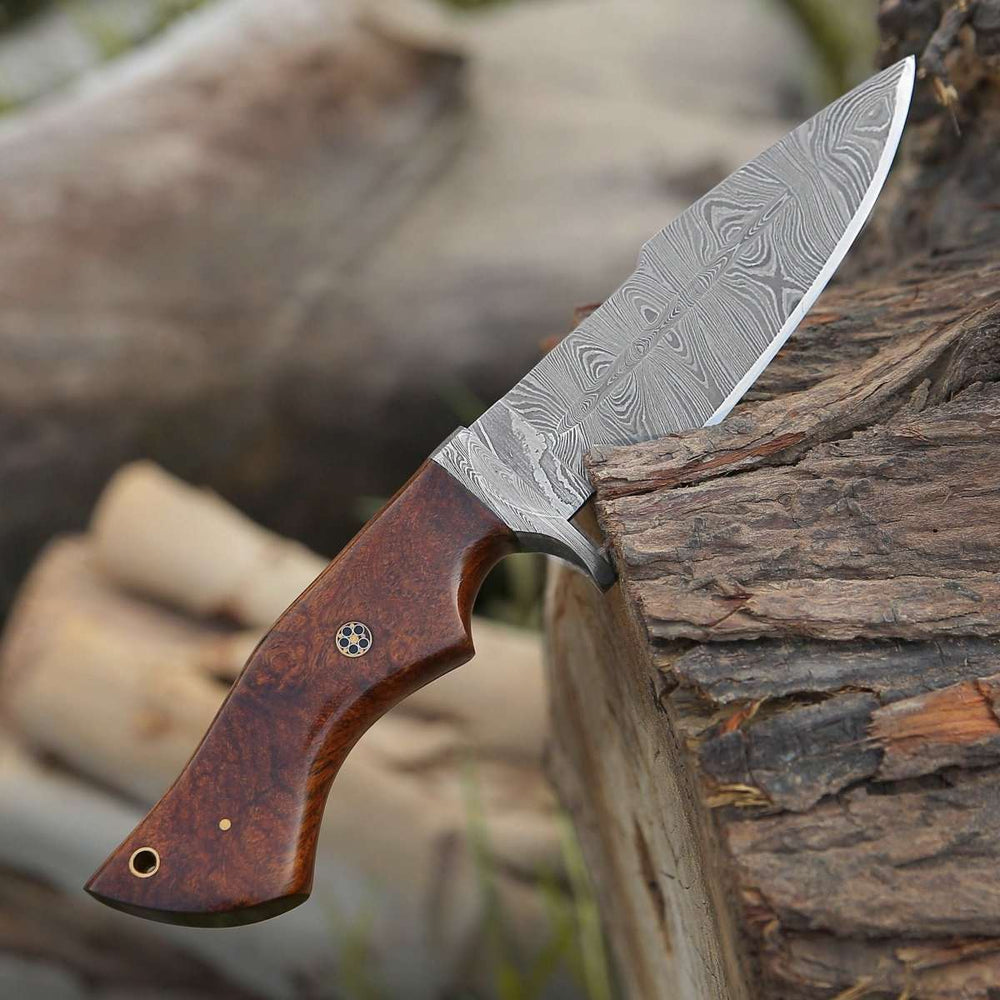
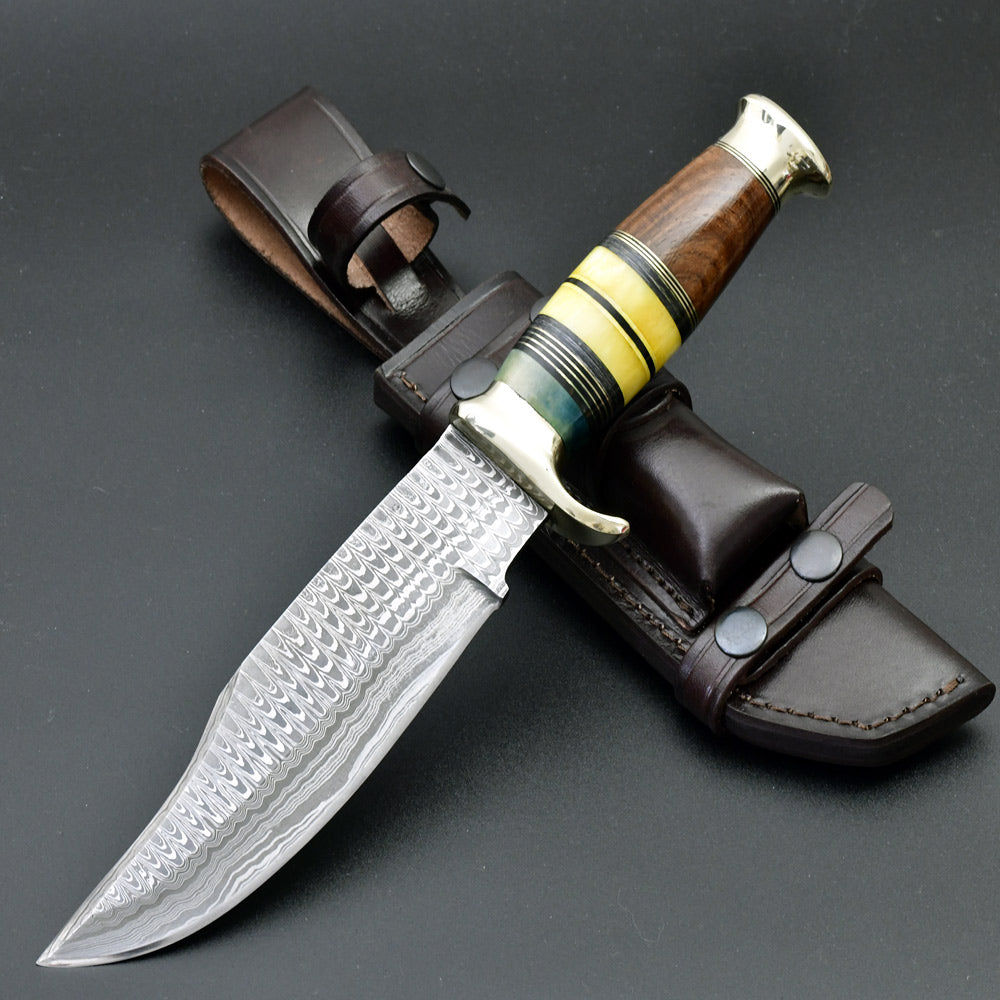
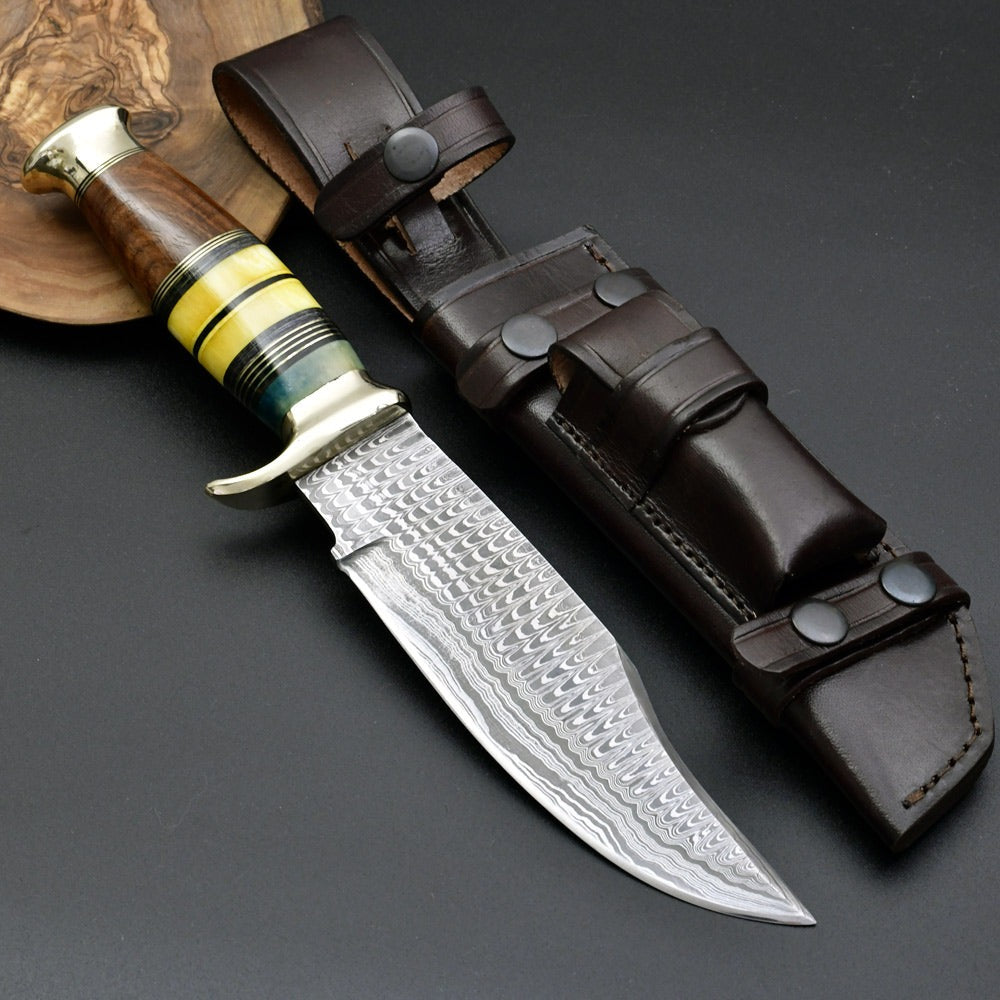
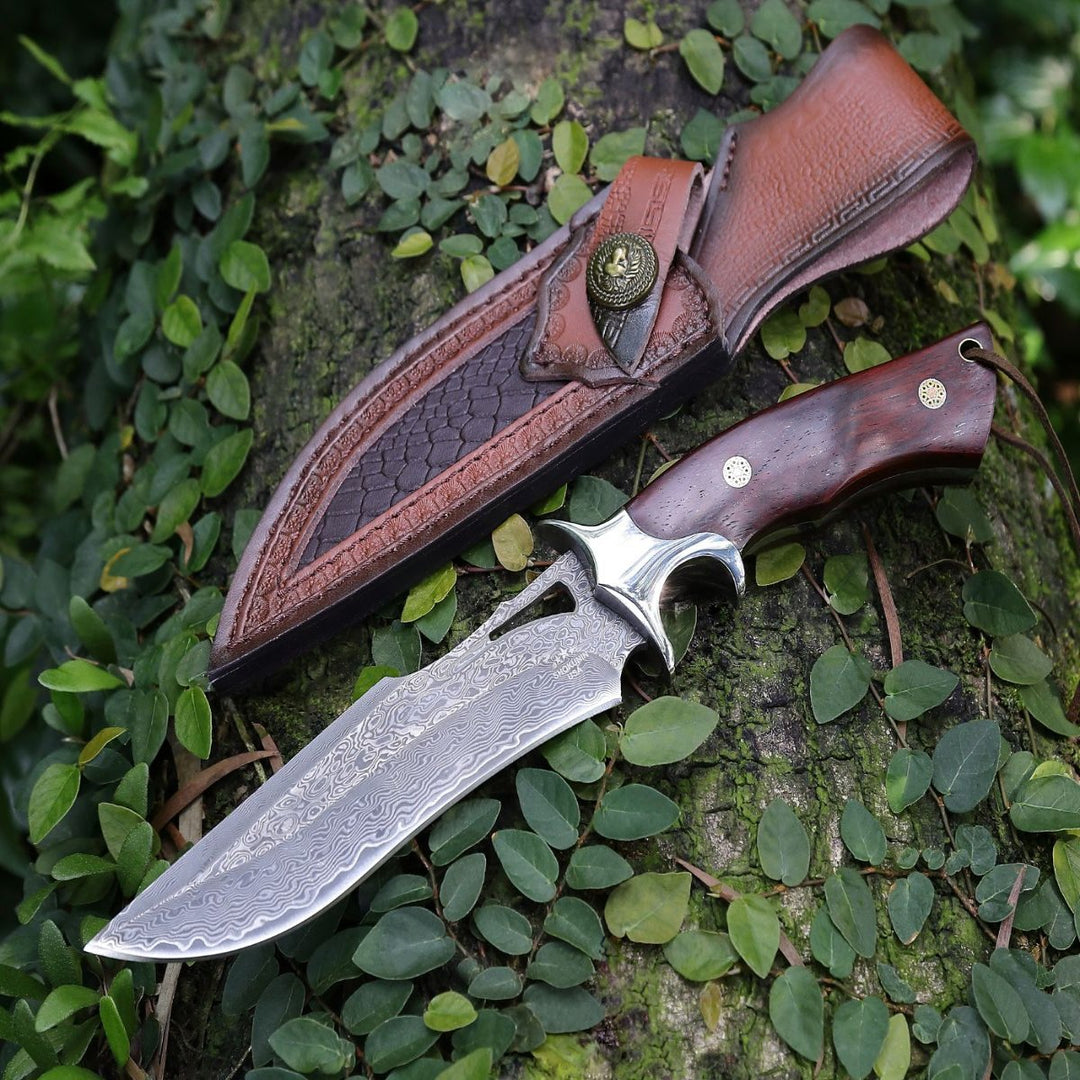
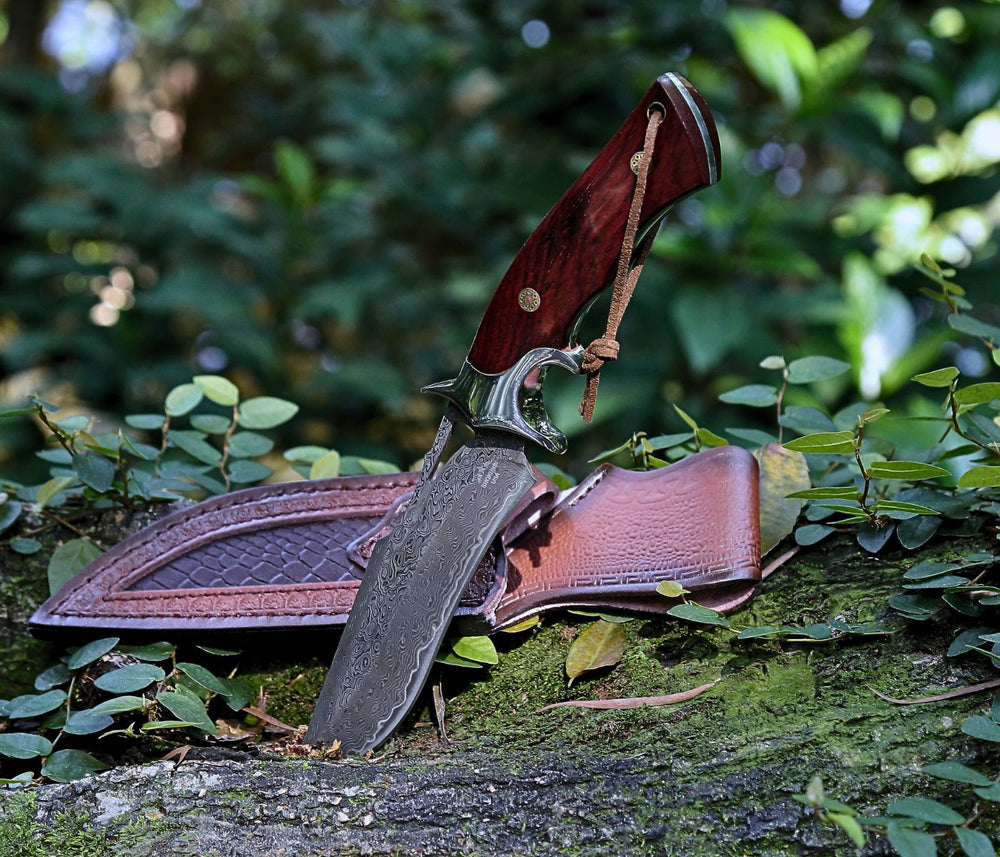
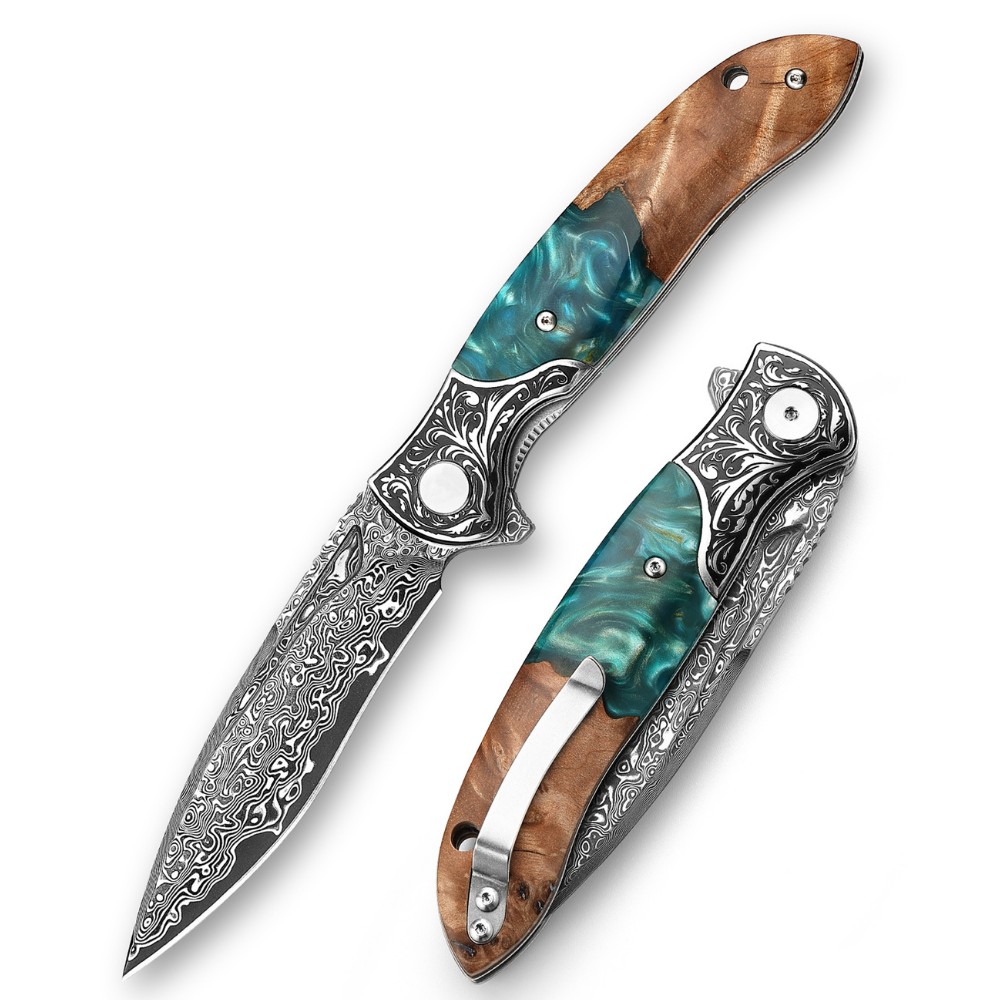
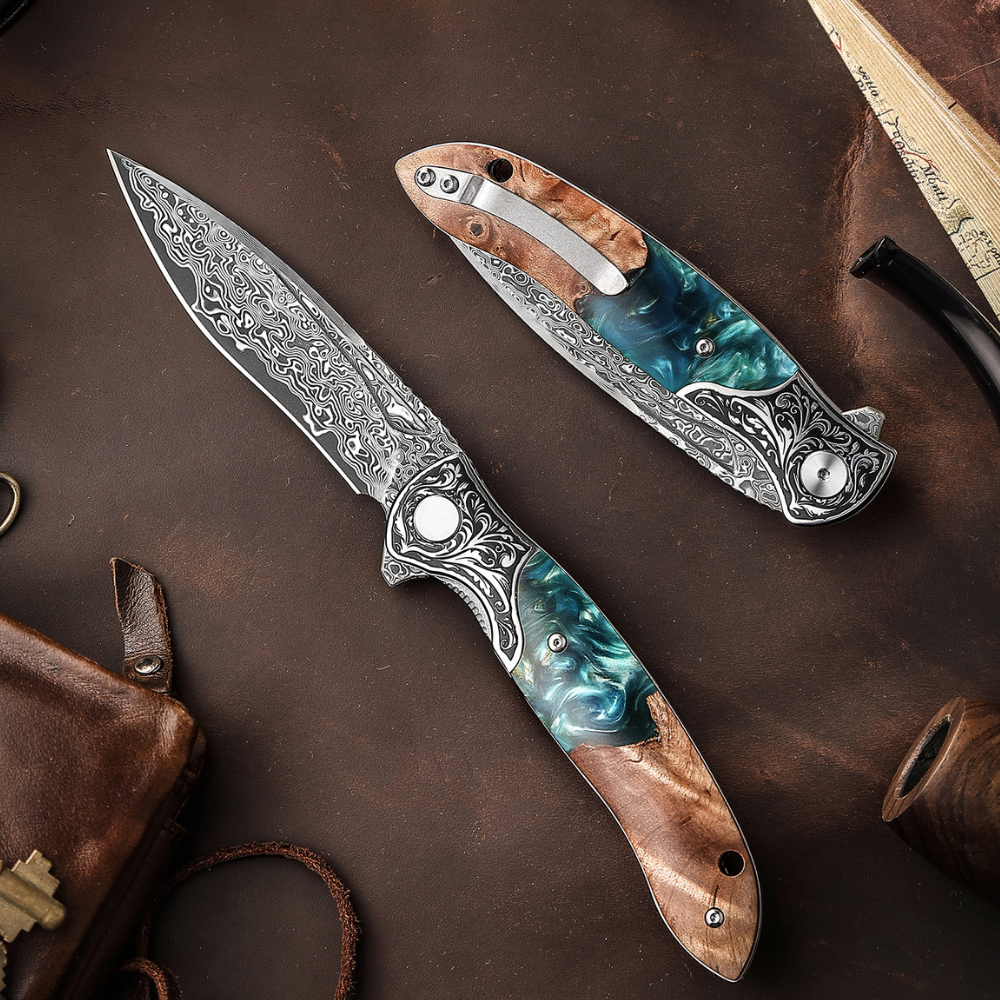
Leave a comment